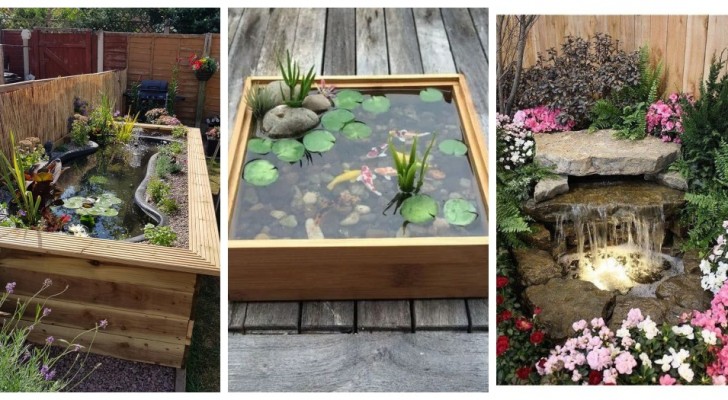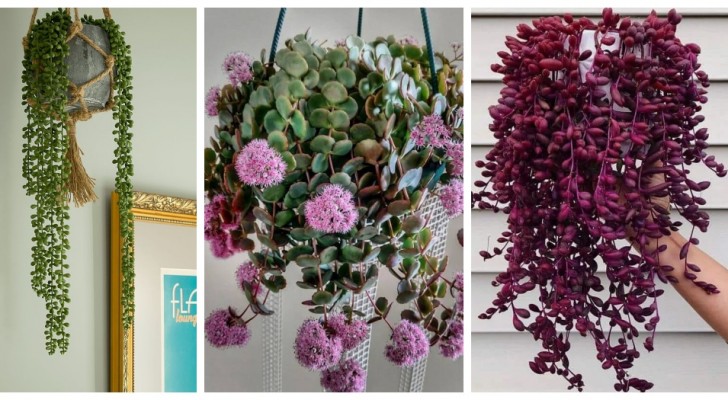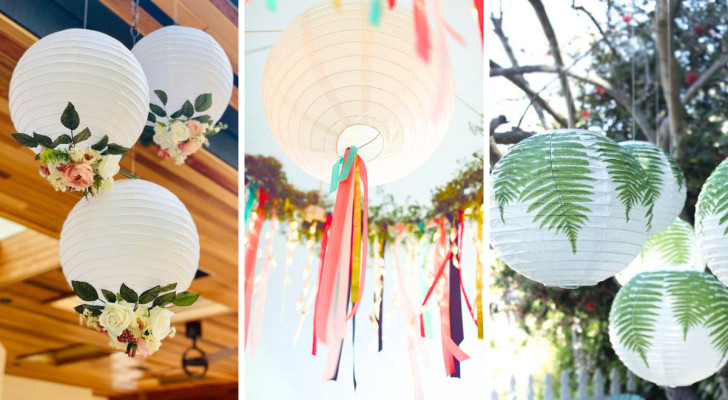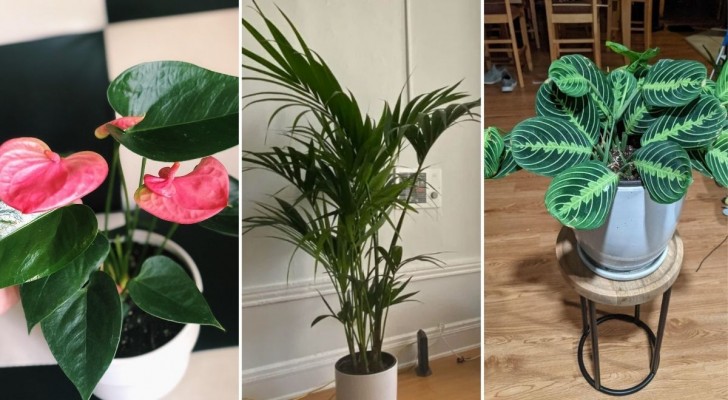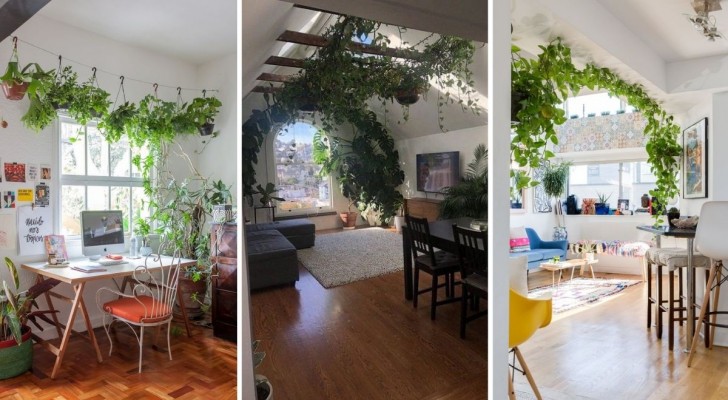Not sure which plant to choose for decorating your home? There are some beautiful and easy-to-grow species you can consider
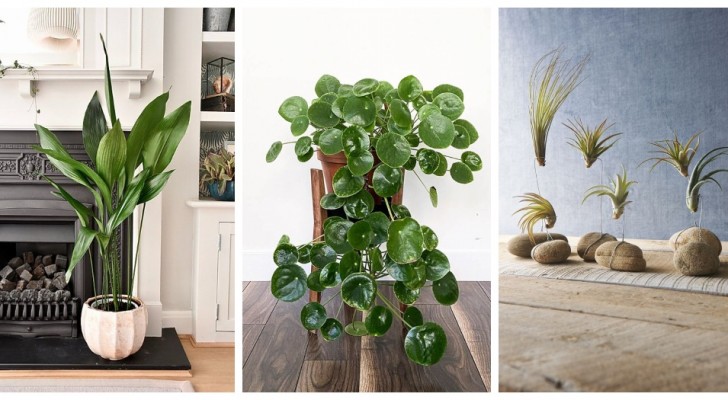
Any furnishing expert always recommends the addition of some plants as a fundamental step to complete the layout of a living space. It is true that not all homes have the lighting or spatial conditions that allow for a wide choice of species and, in some cases, deep shadow and temperatures prevent one from growing plants indoors successfully.
But except for extreme cases, it is always possible to find a plant suitable for your needs: there are those that require very little care; those that are also able to thrive in conditions of reduced lighting; and those that prefer high humidity... Nature offers us many choices, and in addition to the most popular houseplants, there are others that are worth discovering. And they are still very beautiful and often are simple to care for too.
Aspidistra
Aspidistra is a hardy plant, perfect for those who don't have much light available. Originally from China, it is available in many different varieties, but the most common is Elatior. They are elegant plants with smooth, tapering leaves. If the temperature does not drop below 10 °C (50 °F) and the room is fairly bright on average (ie. no need for direct sunlight), they thrive for a long time without needing constant care. However, if a lot of dust accumulates in the room, it will be necessary to periodically clean the leaves with a cloth moistened with water to allow them to breath efficiently again.
Often, they are put in the bathrooms, where there is usually less direct sunlight and a lot of humidity: they do not need to be watered often, and only when their potting soil is really dry. They draw a lot of their water requirement from the humidity in the air.
Tillandsia
Are you unsure about when to water your plants? Tillandsiae eliminates this problem: they do not need soil and live on the humidity in the air. This is why they are also called "air plants". They come in a thousand different shapes and colors, sometimes even with long beards that grow downward; or they have colorful tufts that grow upward, and since they need supports to remain erect, they allow one to be display them in many imaginative ways: you can put them in shells, in compositions of wood or stones and more.
In nature they grow on trees and it is the leaves that absorb the water and nutrients. In dry environments, or in periods of dry heat, it is necessary to spray them with a little water on a regular basis. As for exposure, it depends on the varieties: generally the green ones and those with more delicate leaves require less sunlight, more humidity and a generally cool environment; while those with stiffer, greyish leaves prefer more sunlight and higher temperatures.
Pilea Peperomioides
This plant is beautiful and auspicious, and very easy to grow. Pilea Peperomioides, in fact, is also known as the "money plant" due to its round leaves, and this particularly captivating shape has made it really popular as a living accessory in interior design projects.
The money plant loves bright environments but does not have to be in direct contact with the sun's rays. It doesn't like being placed near to radiators or other heaters. When the branches grow longer, it begins to take on a beautiful drooping aspect and to develop a homogeneous crown. If you don't want the plant it to grow downward on one side only, rotate the pot every week or two.
You can move this plant outdoors in late spring - but be careful: it does not like temperatures that are too high (ie. over 30 °C [86 °F]), so keep it sheltered during the hottest periods.
African violet
And how about a plant with some flowers?! African violets don't need a lot of water and are suitable for growing indoors, where one can keep them in fairly constant environmental conditions. These plants are native to Africa and need luminous positions but which are not exposed to direct sunlight. As for irrigation, their soil should always be humid but not wet, and the soil must also drain properly, to avoid water stagnation and root rot. They also appreciate a light breeze. If you notice dead leaves on the plant, they must be removed as soon as possible.
Do you have any of these plants in your home?
